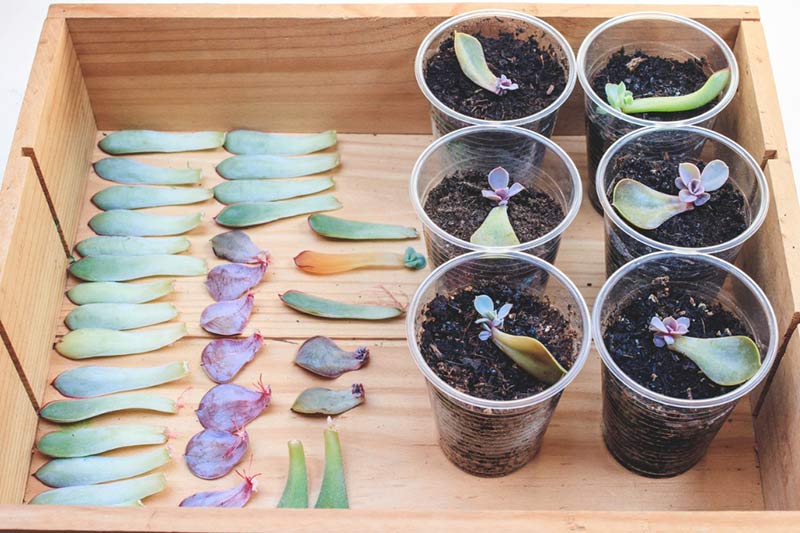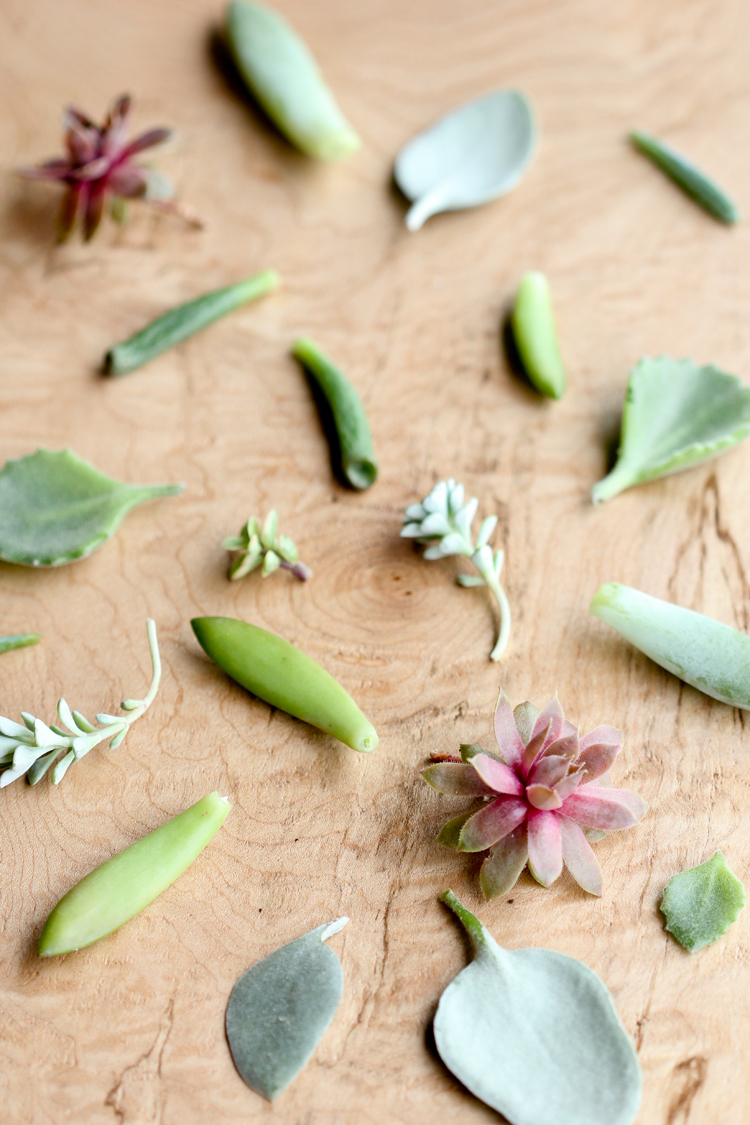The Basics of Succulent Cutting
Succulent propagation through cutting is a simple yet effective way to create new plants, encourage healthy growth, and share your favorite species with others. By learning how to cut succulent plants, you can increase your chances of successful propagation and enjoy a thriving succulent collection. This method of propagation is especially useful for species that are difficult to propagate through leaf or seed, and it allows you to control the quality and health of the new plants. Whether you’re a seasoned succulent enthusiast or just starting out, understanding the basics of succulent cutting is essential for unlocking the full potential of your plants.
Choosing the Right Tools for the Job
When it comes to cutting succulent plants, having the right tools is crucial for success. Using clean, sharp tools is essential to prevent the spread of diseases and promote healthy cuts. Pruning shears or knives are ideal for cutting succulents, as they allow for precise cuts and minimize damage to the plant. Dull or dirty tools can lead to ragged cuts, which can provide an entry point for diseases and pests. By investing in a good pair of pruning shears or a sharp knife, you can ensure that your cuts are clean and precise, giving your succulent cuttings the best chance of success. Remember, learning how to cut succulent plants properly is key to successful propagation, and having the right tools is the first step in the process.
Identifying the Perfect Cutting Spots
When it comes to cutting succulent plants, identifying the perfect cutting spots is crucial for successful propagation. The goal is to find areas on the plant that are healthy and vigorous, with plenty of growth potential. Start by inspecting the plant for dead or damaged leaves and stems, and remove them to prevent the spread of disease and encourage healthy growth. Look for areas where the plant is producing new growth, such as the tips of stems or the base of leaves. These areas tend to have a higher concentration of growth hormones, making them ideal for cutting. When learning how to cut succulent plants, it’s essential to choose the right cutting spots to ensure that your cuttings have the best chance of success. By selecting healthy, vigorous areas of the plant, you can increase your chances of successful propagation and encourage healthy growth in your new plants.
The Cutting Technique: A Step-by-Step Guide
Now that you’ve identified the perfect cutting spots and prepared your tools, it’s time to learn how to cut succulent plants. This step-by-step guide will walk you through the process of making clean cuts, removing lower leaves, and preparing the cutting for propagation. To begin, hold the pruning shears or knife at a 45-degree angle and make a clean cut just above a node, which is the point where a leaf meets the stem. Cut slowly and carefully to avoid crushing the stem or leaving ragged edges. When learning how to cut succulent plants, it’s essential to make clean cuts to promote healthy growth and prevent disease. Next, remove any lower leaves that will be below the soil line when planted, as these can rot and cause the cutting to fail. Finally, prepare the cutting for propagation by allowing it to dry for a few days to form a callus over the cut end. This will help prevent root rot and encourage healthy growth. By following these steps, you can increase your chances of successful propagation and create healthy, thriving succulent plants.
Aftercare and Propagation: Giving Your Cuttings the Best Start
Once you’ve successfully cut your succulent plant, it’s essential to provide proper aftercare to ensure successful propagation. The first step is to dry the cut ends for a few days to form a callus, which will help prevent root rot and encourage healthy growth. This process, known as “drying out,” allows the cutting to heal and form a protective barrier against disease. After drying, plant the cutting in well-draining soil, making sure to bury it up to the node (where the leaf meets the stem). Water sparingly, as succulents are prone to overwatering, and provide adequate light, but avoid direct sunlight, which can cause burning. When learning how to cut succulent plants, it’s crucial to understand the importance of proper aftercare in giving your cuttings the best start. By following these simple steps, you can increase your chances of successful propagation and create healthy, thriving succulent plants. Remember, patience is key, as propagation can take time, but with the right techniques and care, you’ll be rewarded with new, vibrant plants.
Troubleshooting Common Issues with Succulent Cuttings
When learning how to cut succulent plants, it’s essential to be aware of common issues that may arise during the propagation process. One of the most common problems is root rot, which can occur when the cutting is overwatered or planted in soil that is too dense. To prevent root rot, make sure to plant the cutting in well-draining soil and water sparingly. Another issue is overwatering, which can cause the cutting to rot and fail to propagate. To avoid overwatering, water the cutting only when the soil is dry to the touch, and avoid getting water on the leaves to prevent fungal diseases. Pest infestations, such as mealybugs or spider mites, can also be a problem when propagating succulents. To prevent pest infestations, inspect the cutting carefully before planting, and treat any infestations promptly. By being aware of these common issues and taking steps to prevent them, you can increase your chances of successful propagation and create healthy, thriving succulent plants.
Advanced Techniques for Succulent Propagation
For experienced succulent enthusiasts, there are several advanced techniques that can be used to propagate succulents. One of these techniques is leaf propagation, which involves removing healthy leaves from the mother plant and allowing them to form roots and grow into new plants. This method is particularly useful for succulent species that have a high success rate of propagation from leaves, such as aloe and echeveria. Another advanced technique is division, which involves separating the roots of a mature succulent plant and replanting the separated sections. This method is ideal for succulents that have outgrown their containers or need to be rejuvenated. Grafting is another advanced technique that involves joining a cutting from one succulent plant to the root system of another. This method is useful for creating unique and exotic succulent hybrids. By mastering these advanced techniques, succulent enthusiasts can expand their propagation skills and create a diverse and thriving collection of succulent plants. When learning how to cut succulent plants, it’s essential to understand the different propagation methods and techniques to achieve the best results.
Conclusion: Unlocking the Full Potential of Your Succulent Plants
By mastering the art of succulent propagation, succulent enthusiasts can unlock the full potential of their plants and create a thriving collection of unique and exotic species. Whether you’re a beginner or an experienced succulent enthusiast, understanding how to cut succulent plants and propagate them successfully is crucial for achieving success. By following the guidelines and techniques outlined in this article, you can overcome common challenges and create healthy, thriving succulent plants. Remember to always use clean, sharp tools, identify the perfect cutting spots, and provide proper aftercare to ensure successful propagation. With practice and patience, you can experiment with advanced techniques and share your own experiences with the succulent community. By embracing the art of succulent propagation, you can unlock the full potential of your succulent plants and enjoy the many rewards that come with growing these incredible plants.








